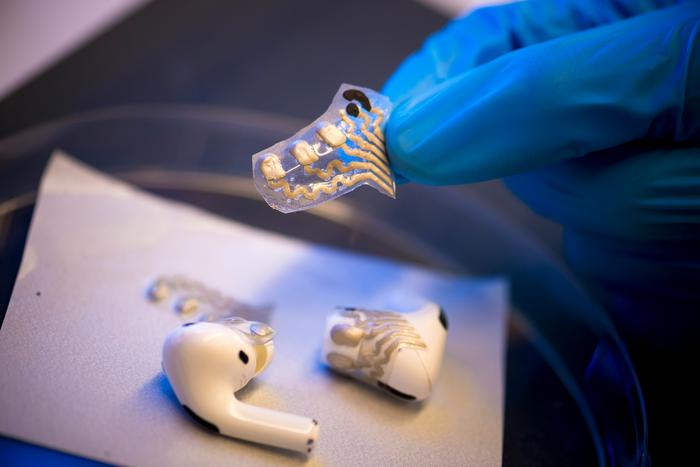By 2016, two years into the expansion of the Affordable Care Act (ACA), 17.6 million previously uninsured people around the U.S. had gained health insurance coverage. But with the expansion, researchers at the University of Colorado Denver and the University of Kentucky found that ambulance dispatches for minor injuries like abrasions, minor burns and muscle sprains rose by a staggering 37% in New York City.
“Policymakers were operating under the assumption that the expansion was going to get people out of emergency rooms,” says Andrew Friedson, PhD, assistant professor of economics at CU Denver. “Few people thought a larger enrollment would lead to a larger utilization of emergency care, because an emergency is an emergency. Insurance shouldn’t make anything more of an emergency.”
The findings are described today in JAMA Network Open, in a study by Friedson, along with CU Denver Professor of Economics Daniel Rees, PhD, and University of Kentucky Associate Professor of Economics Charles Courtemanche, PhD.
Dispatches to minor injuries jumped 37%
The authors analyzed data from all of the 911 ambulance dispatches in New York City between January 1, 2013, and July 31, 2016. In New York City, 911 calls are routed through a central dispatch to a trained EMS dispatcher, who triages the call based on type and severity of injury, alerting ambulances in one of the city’s 31 zones.
In the years before and after the ACA, dispatches to more severe injuries (such as chest pain, compound fractures and unconsciousness) remained relatively the same. But dispatches to minor injuries leapt 37.2%, from an average of 20.75 dispatches per dispatch zone per month before ACA to 28.46 in the years following. The increase is equivalent to approximately 239 additional dispatches a month – or 2,868 per year – for minor injuries.
“I was expecting to find an increase under 5%. The size of the association was surprising,” says Friedson.
Ambulances are now cheaper than Uber
Previous research found that when Uber shows up in a city, the usage of ambulance services drop off. With the expansion of the ACA, the out-of-pocket cost of ambulances tumbled for many people. When patients bear a smaller portion of the cost, researchers argue, they will be more likely to use an ambulance for medical transportation in less emergent situations.
“Medicaid patients in particular have incredibly low out-of-pocket responsibility for ambulances,” says Friedson. “The most an ambulance ride covered under Medicaid costs the patient three dollars. If there’s a low-cost alternative to Uber to get the hospital, you’re going to take it.”
As a result, the medically unnecessary rides may add to city congestion, slow response time to actual emergencies and increase the risk of death for those in dire situations.
Health care policy needs better guardrails
“When the ACA was enacted, policymakers may not have had sufficient guardrails in place with regards to emergency care or ambulance utilization,” says Friedson. “One solution would have been to give the law more nuance; it needed to spell out that if you’re going to take an ambulance, you’re covered as long as you meet a certain acuity level. If not, it will involve additional cost-sharing. Or, if you don’t want to make those determinations, because they are difficult to make, policymakers could have included money for expanding the emergency response system.”
A handful of major U.S. cities are implementing 911 nurse triage call centers to address non-emergency calls and redirect those patients away from ambulances. NYC – and most U.S. cities – don’t do that yet, but as dispatches for scrapes and sprains tie up emergency responders, that may soon change.
###
Media Contact
Sarah K. Erickson
[email protected]
http://dx.





